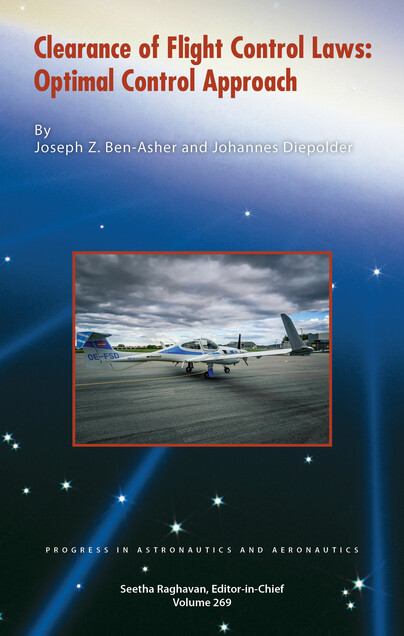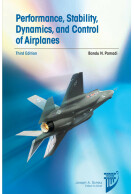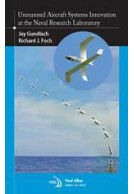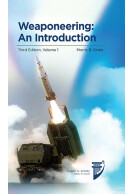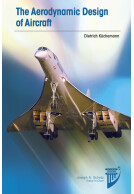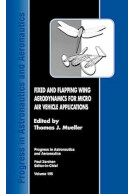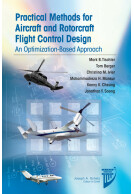Clearance of Flight Control Laws (Hardback)
Imprint: American Institute of Aeronautics and Astronautics
Pages: 268
ISBN: 9781624107344
Published: 15th May 2025
Script Academic & Professional
Pages: 268
ISBN: 9781624107344
Published: 15th May 2025
Script Academic & Professional
Usually available in 6-8 weeks.
You'll be £115.00 closer to your next £10.00 credit when you purchase Clearance of Flight Control Laws. What's this?
+£4.99 UK Delivery or free UK delivery if order is over £40
(click here for international delivery rates)
Need a currency converter? Check XE.com for live rates
(click here for international delivery rates)
Need a currency converter? Check XE.com for live rates
Clearance of Flight Control Laws: Optimal Control Approach is intended to provide domain experts with the required background for an appropriate application of clearance methods and interpretation of numerical results. The content is divided into three main parts: fundamentals, methods, and tools. These parts build on each other in the sense that the clearance methods depend on the underlying theoretical fundamentals, and clearance tools provide implementations of the clearance methods at a suitable level of abstraction. Part I introduces the building blocks of the direct discretization approach for optimal control problems: optimization (Chapter 1) and simulation (Chapter 2). Furthermore, Chapter 3 discusses optimal control problems in continuous time. Part II, which focuses on clearance analysis methods, contains the core topics of this book. The following types of analysis are covered for linear and linear-parametric systems (Chapter 4 and Chapter 5) as well as nonlinear-parametric systems (Chapter 6):
• Nominal Analysis: Are there worst-case inputs violating a clearance criterion?
• Sensitivity Analysis: What is the influence of parameters on (optimal) worst-case solutions?
• Combined Analysis: Is there a worst-case combination of parameters and inputs violating a clearance criterion? Additionally, Chapter 7 covers set-based approaches regarding the joint consideration of multiple criteria for linear and nonlinear systems. Part III illustrates the use of software for the application of clearance methods in practice. The COLIBRY framework, which can be used to implement the presented methods for linear and nonlinear systems, is covered in Chapter 8; the FALCON.m toolbox described in Chapter 9 is useful for modeling general nonlinear-parametric optimal control-based clearance problems using direct methods. Designed for practitioners, particularly flight dynamics and control engineers without a strong theoretical background in the fields of optimization and optimal control, this book facilitates the adoption of these methods by domain experts facing practical clearance tasks.
Other titles in American Institute of Aeronautics and Astronautics...







